James Jehong Kim
Optics Expertise at Philips Lighting Research North America



Spring 2017, Wed 2-5pm + Lab
Class Website: howtodesign.mit.edu

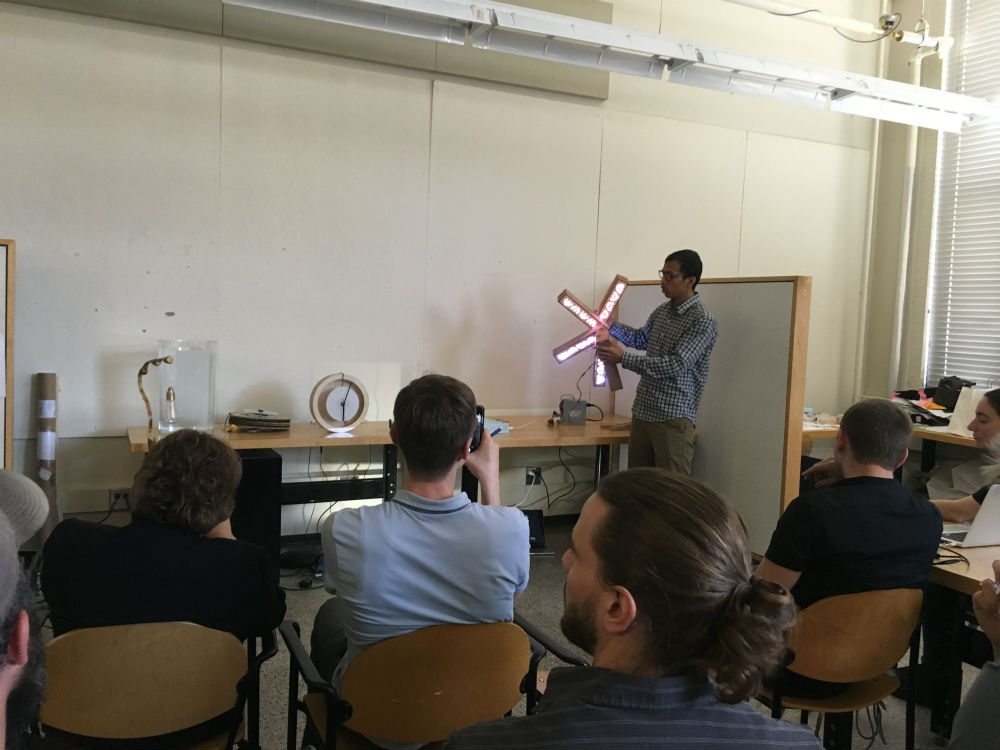
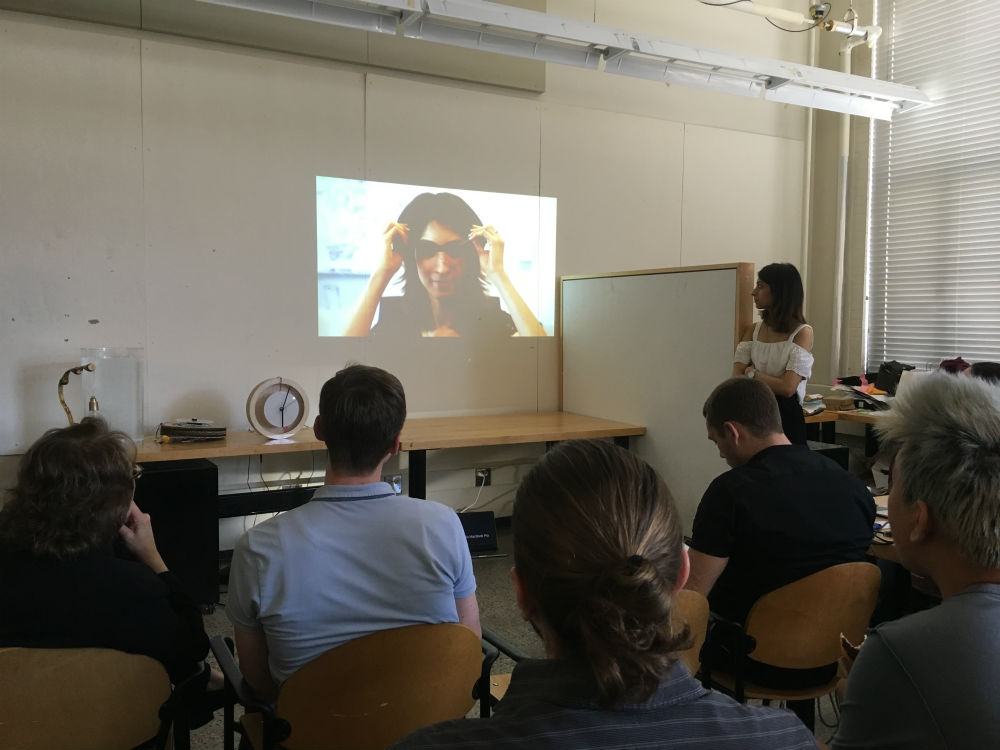
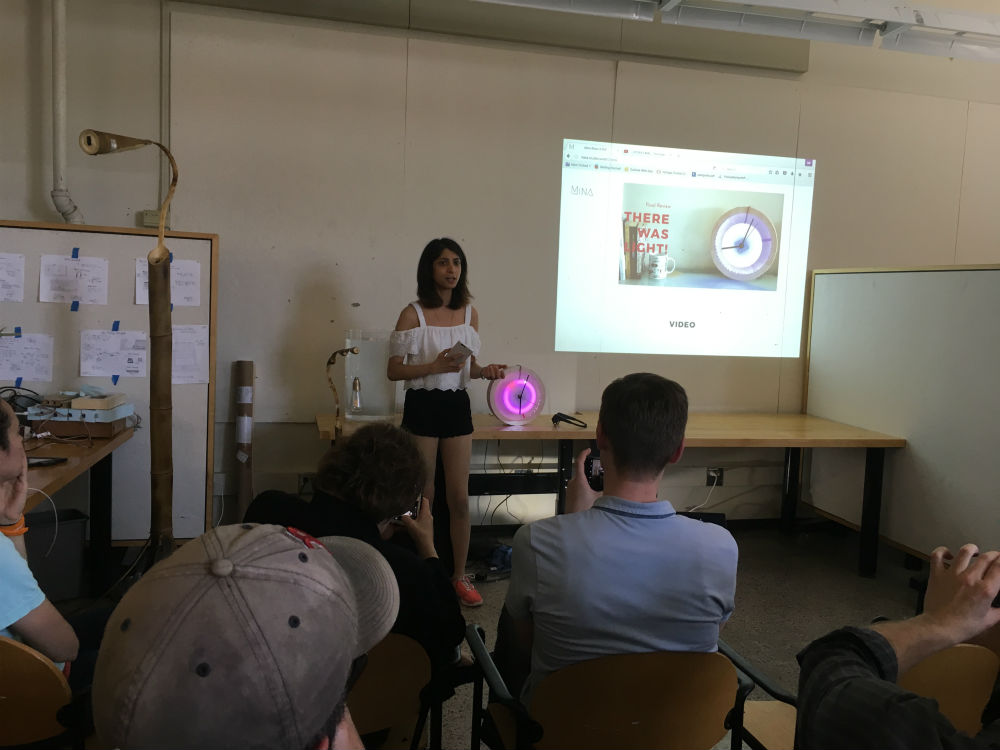
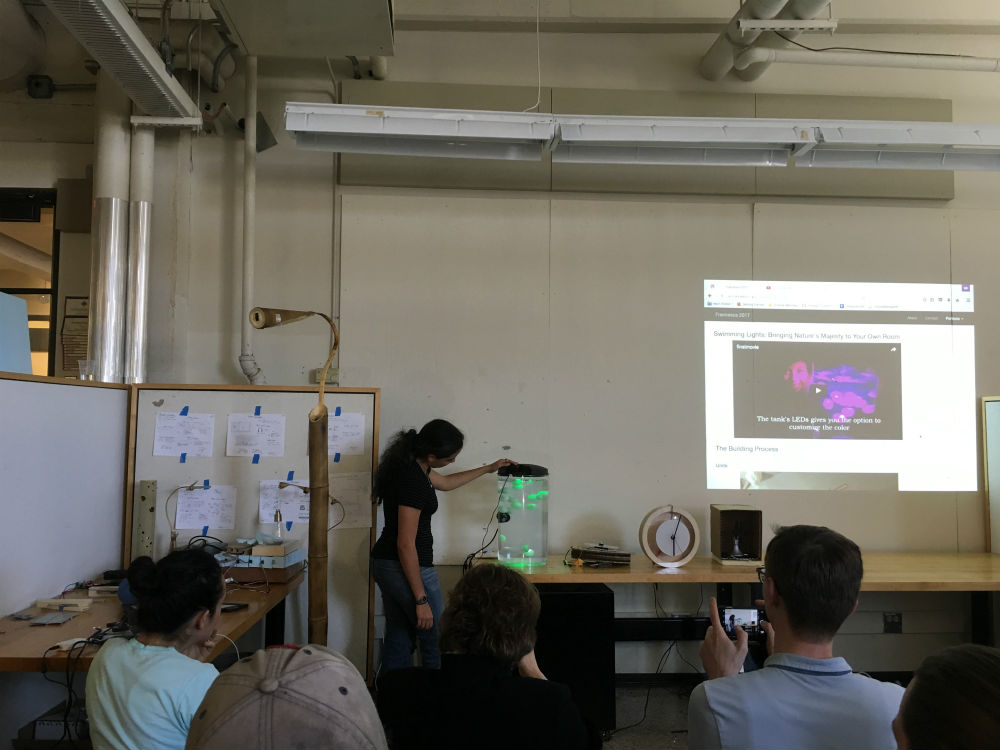

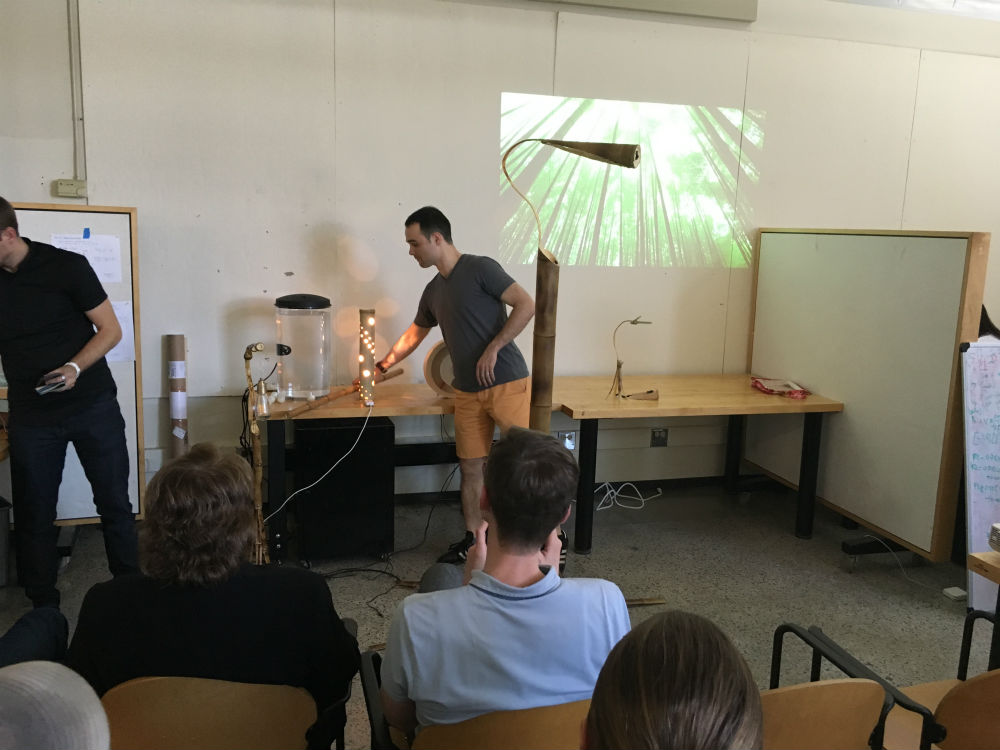
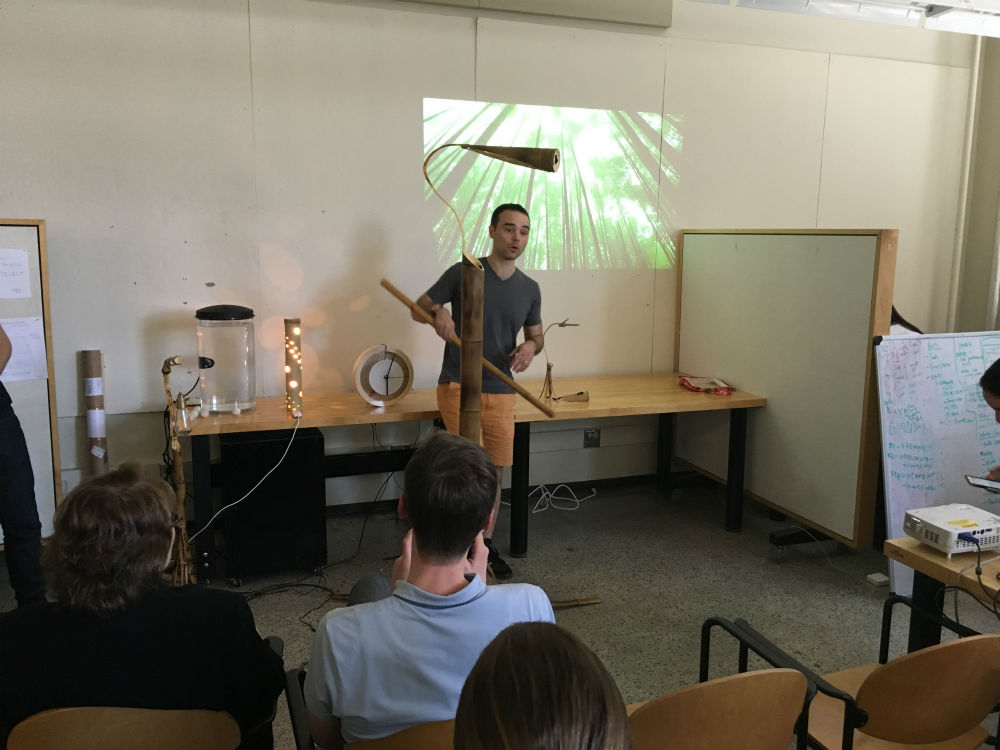
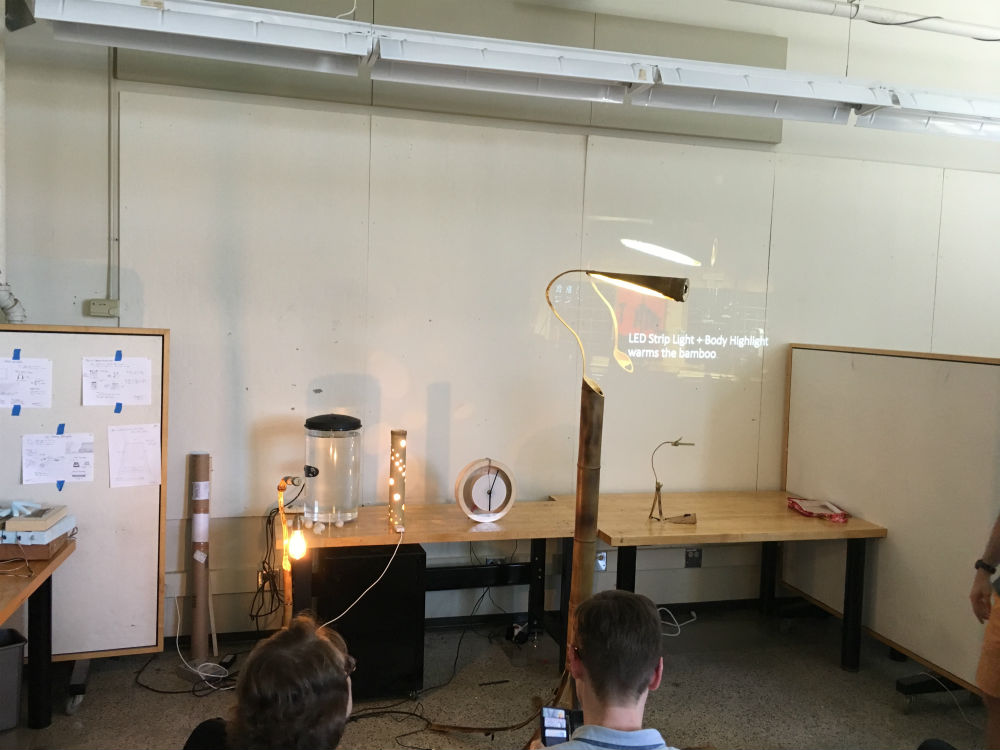
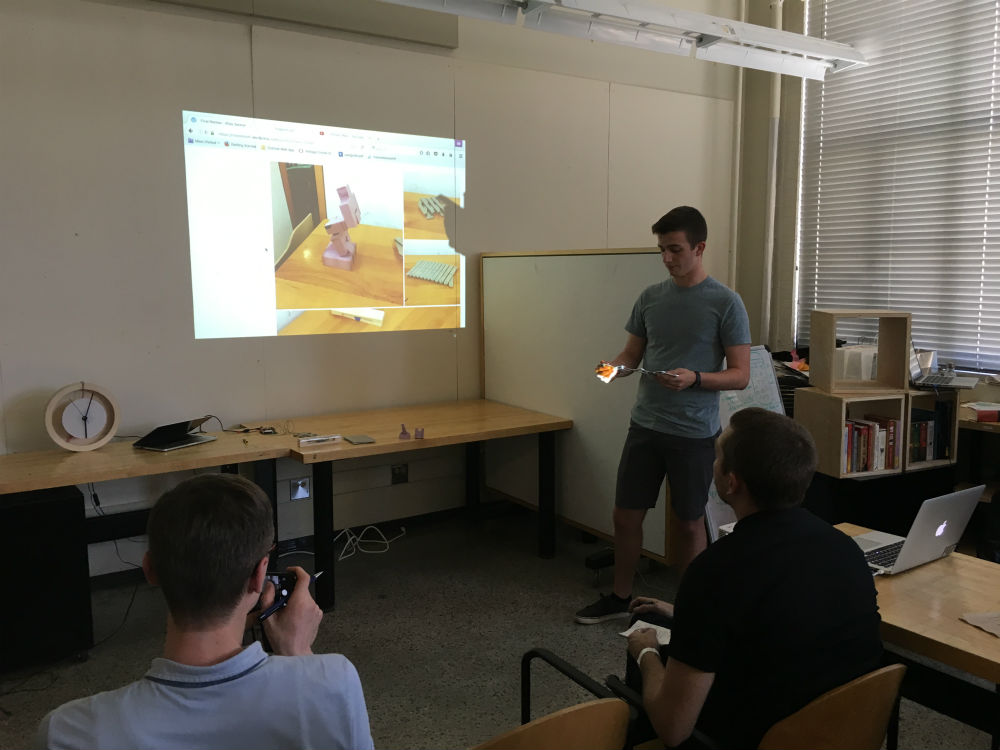
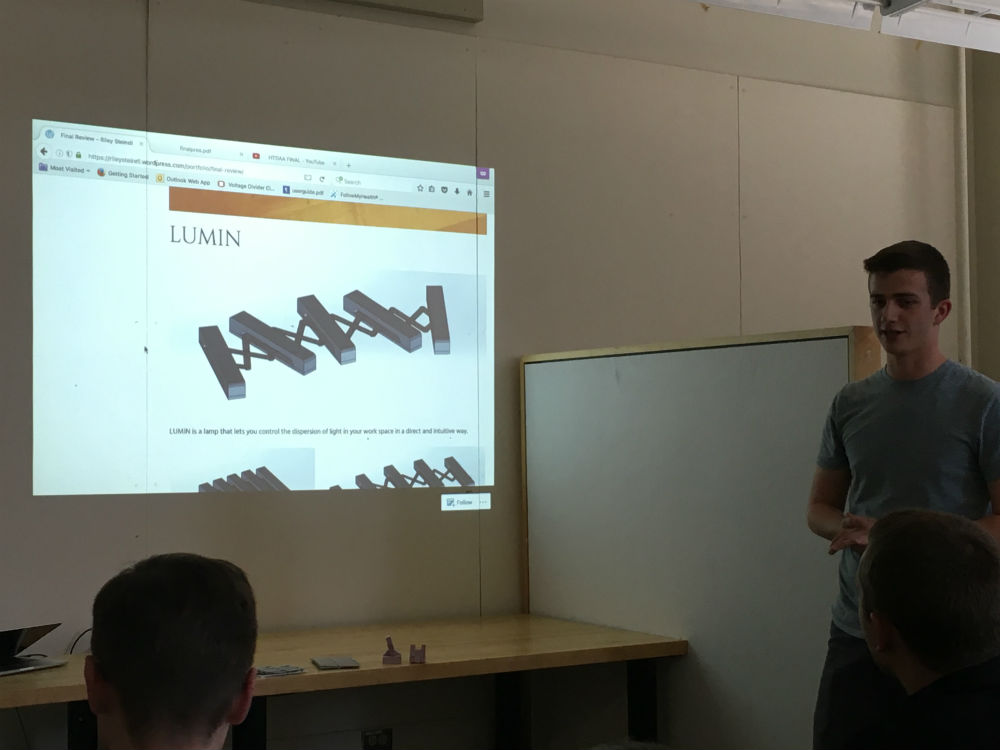
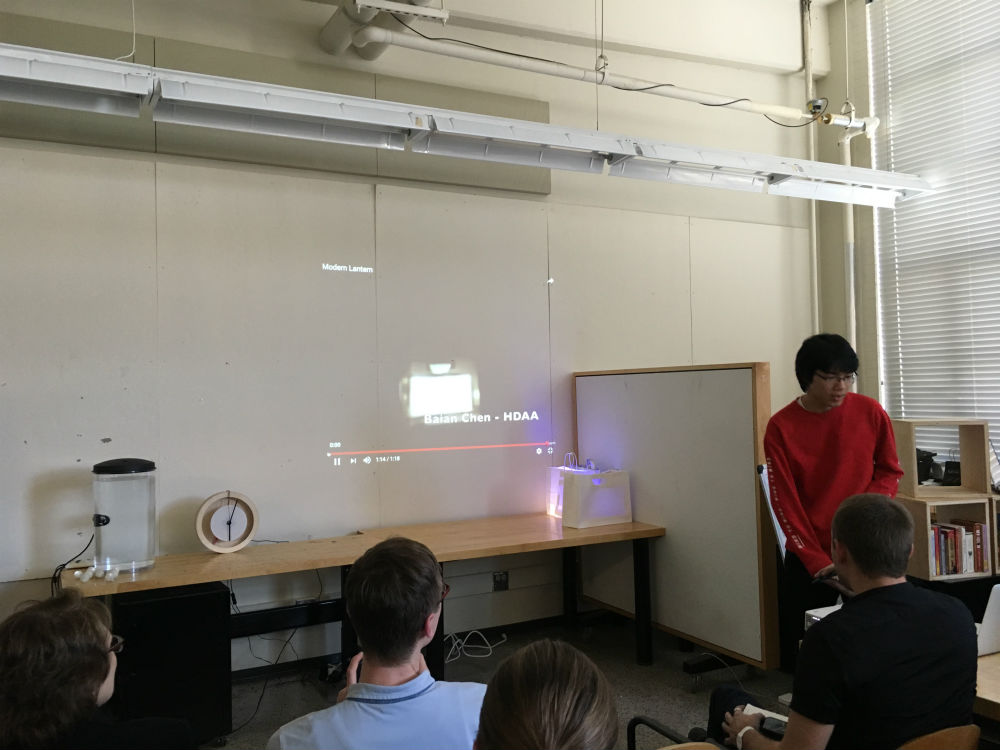
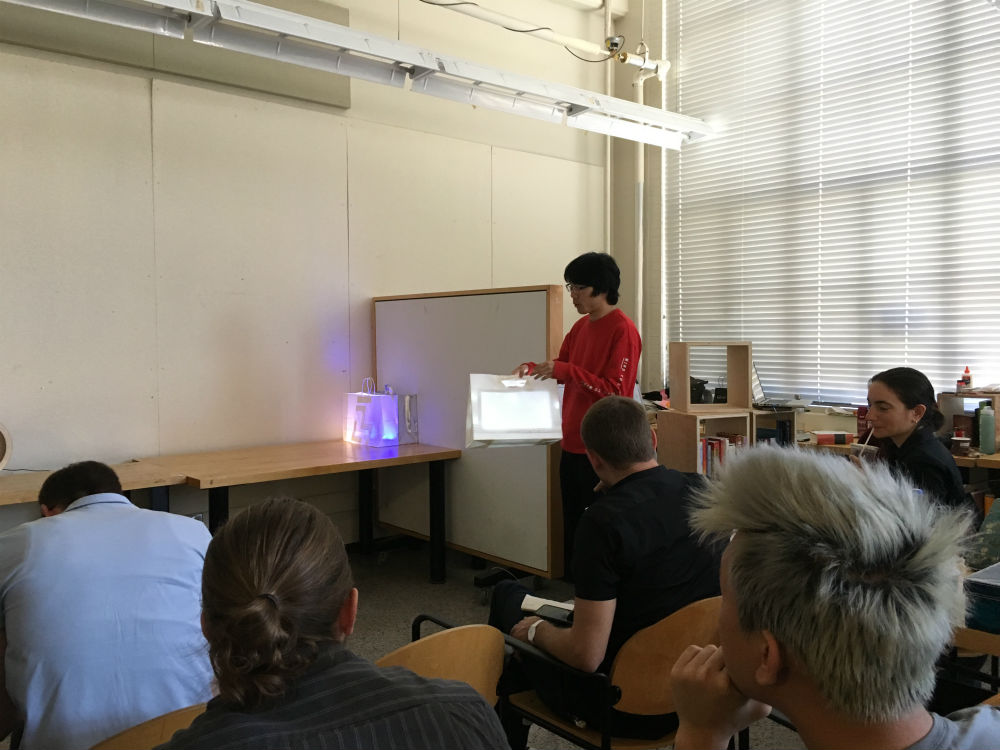

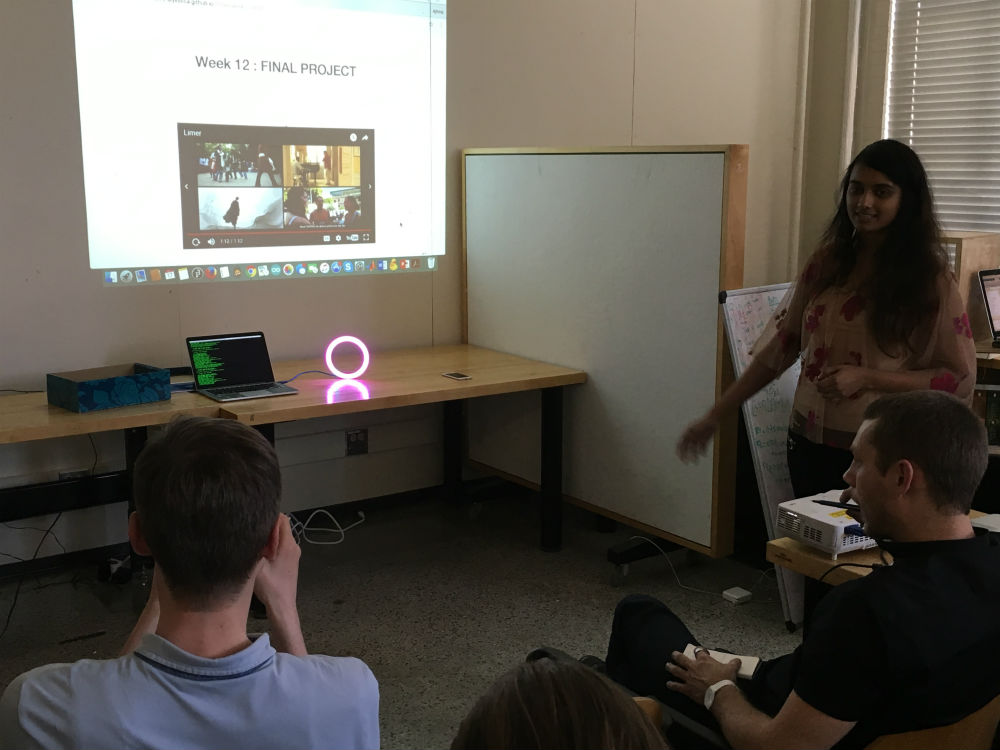
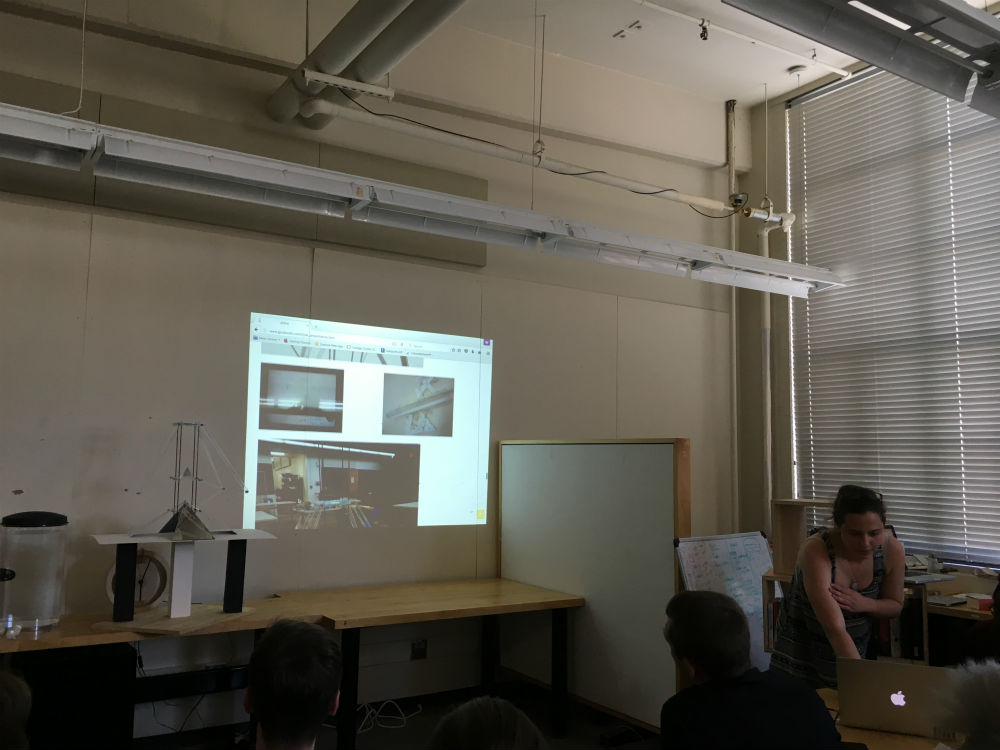

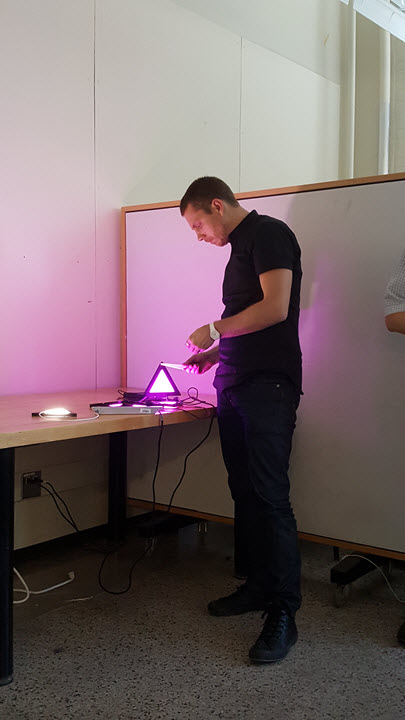
Guest speaker: Saeed Arida, NuVu, cambridge.nuvustudio.com
Title: More seeing in learning (Design Education)
He focused on how designers think as well as the design process during the class. The transforming process was introduced to explain how the creative process happens, using an example of three triangles and O'Falafel cart. He also presented Design process vs. Engineering process with simple diagrams on his slides. Many different topics at NuVu are on going and a theme for this summer program will be Humans and Machines exploring solutions for humanity's problems.
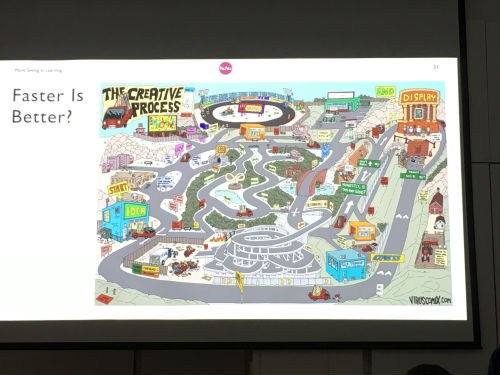
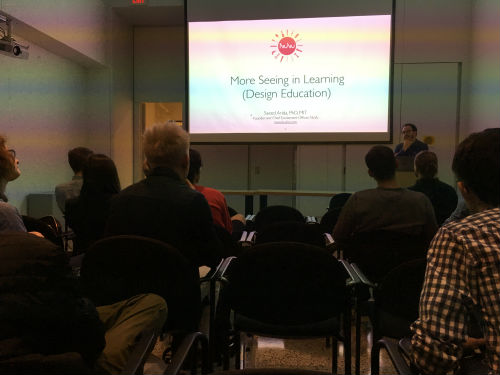
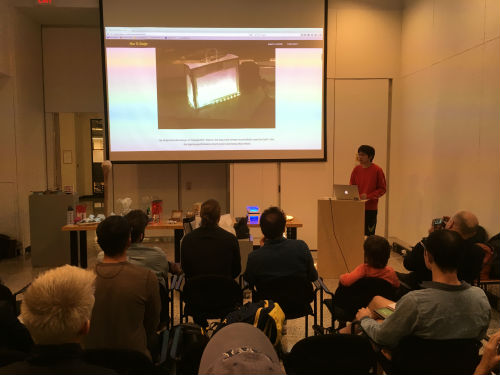
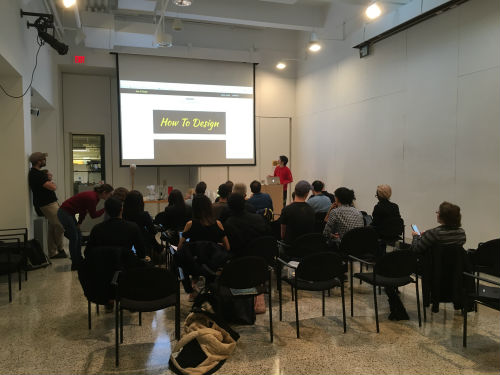
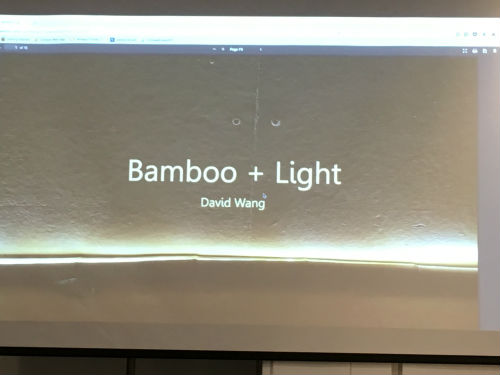


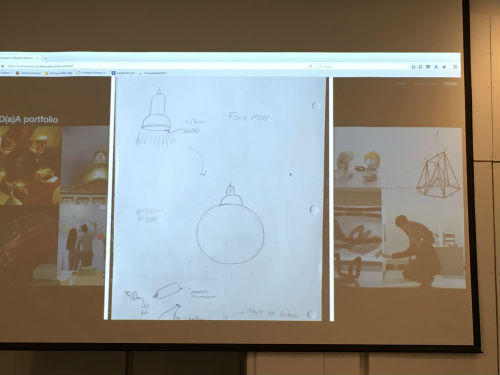
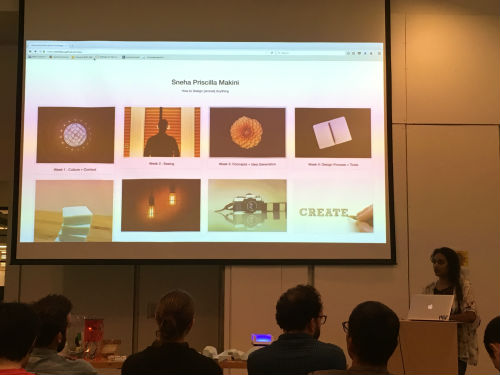
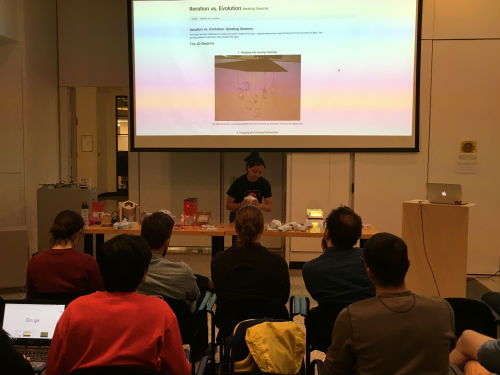
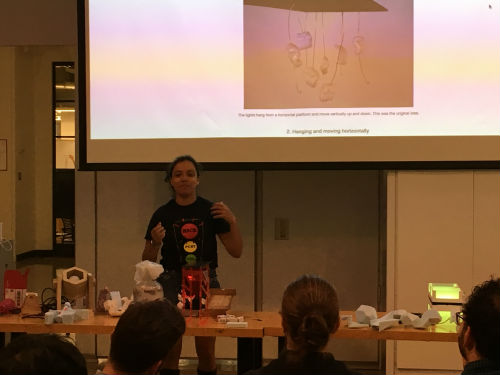

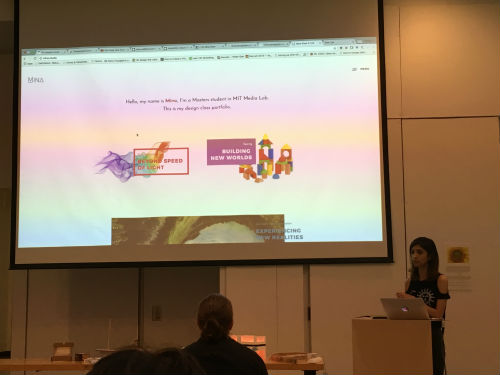
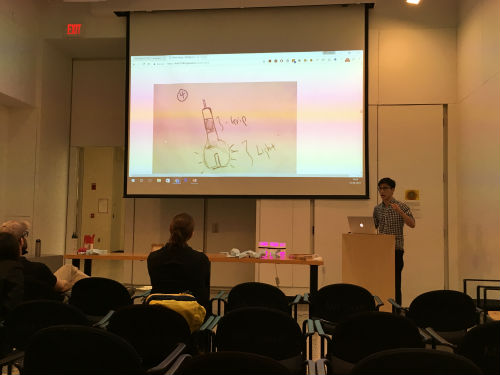
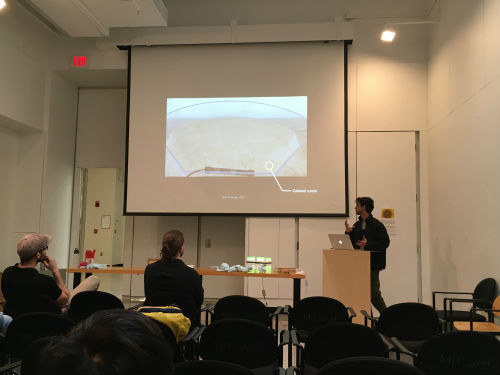
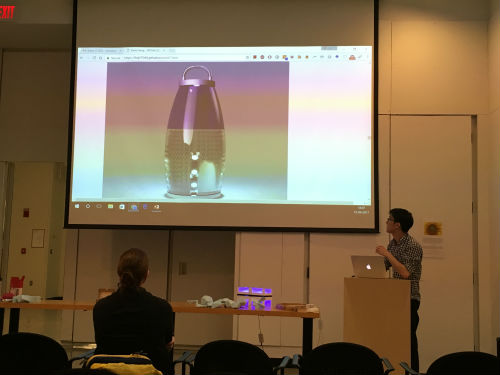
He offered students a great review of design, learning from failure and user experience, especially hue experience during the class. For more on design, check out the following articles - Design in Tech Report 2017 and Danish Design Ladder, to read about three types of design and how companies use design in different stages.
"Don't think of it as failure, think of it as designing experiments through which you’re going to learn." - Tim Brown, CEO of IDEO and a Board Member of IDEO.org
Here is an additional article on learning from failure and how failure can be useful - Failing by Design, Rita McGrath.
After his lecture in class, we moved to our studio to have informal discussions with Jose and Dorene. There were many questions from students who were interested in design and the product development process at Philips, followed by a review of the students' works (modeling their projects).
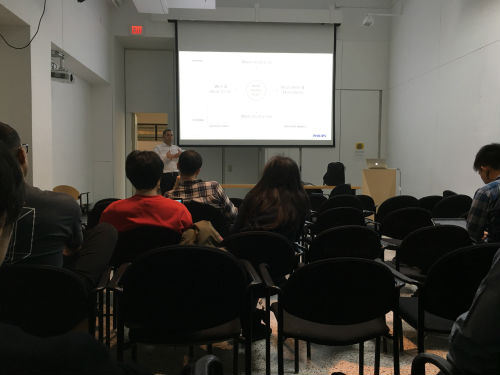
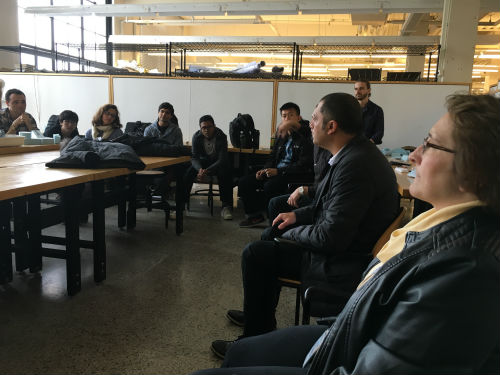
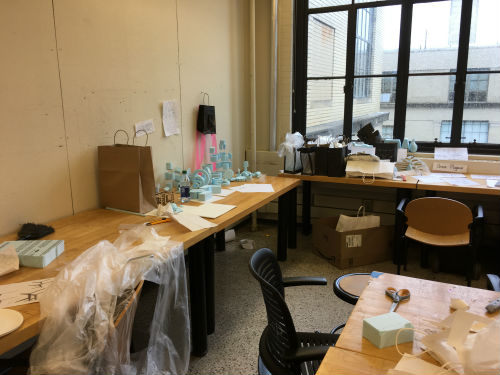
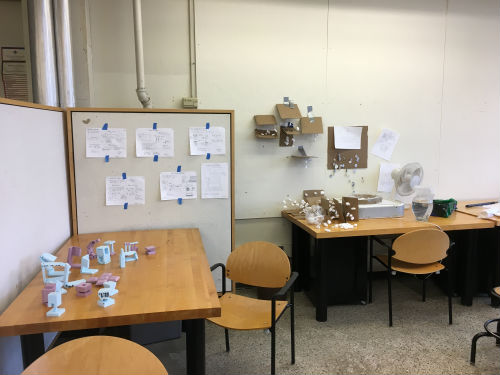
Such a great day for inspiring students! Well organized program by Dorene, Meg, Patricia in Cambridge office. Thanks to Rebecca, Alex and Jasleen for supporting today's tour event.
2:00 Dzmitry Aliakseyeu give the Hue introduction, Jasleen discusses data management, Dorene/James/Jasleen help as needed.
3:00 Color Lab
Whole class goes to Color Lab. Dorene/James will demonstrate fundamental principles of color. Class (and teachers if they want) will assess 10 paired lighting scenarios presented in Light Boxes.
3:30 Class is divided into two groups of 8 students.
Group 1 - Goes to Office lab – assess 6 lighting scenes. Discuss impressions/perceptions – Lead: Meg Smith
Group 2 - Goes to patient room lab – Assess patient room system. Discuss impressions/perceptions - Lead: Patricia Rizzo
4:30 Group 1 - Goes to Patient room - repeat above
Group 2 - Goes to Office lab – repeat above.
5:30 Group debrief/discussion in Kenai conference room.
Pizza delivered
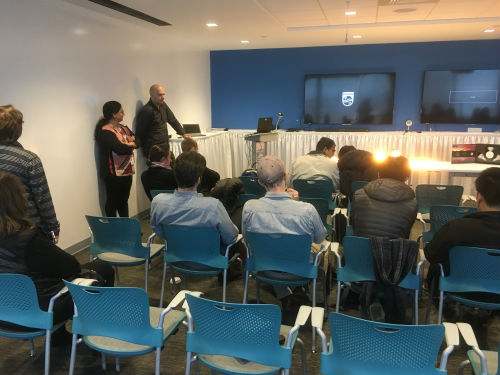

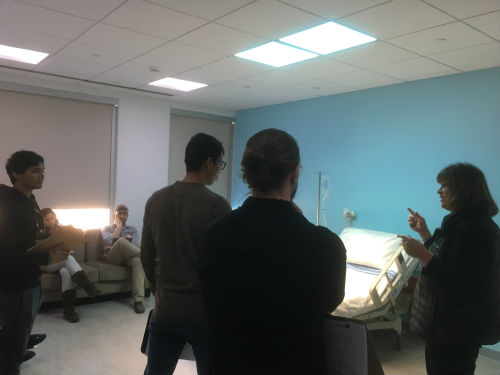
Guest speaker: Maria C. Yang, MIT Mechanical Dept, Director of MIT Ideation Lab
Maria presented how to process concept development from ideas during the early phase of the design cycle. Multiple steps in creative process - preparation, incubation, illumination and verification. Metrics for creativity are listed below.
- Fluency, quantity of ideas
- Flexibility, range of ideas
- Originality, novelty
- Quality, feasibility
- General consensus
Brainstorming is one of the methods for group or individual ideation to find a solution for a specific problem. You will like TheDesignExchange design community portal; it is a great source to learn
and improve your design skills. You can find design processes and methods from TheDesignExchange, i.e. Rules of Brainstorming. Here is the link for the brainstorming method, tools and resources: https://www.thedesignexchange.org/design_methods/111.
We had a 20 minute brainstorming exercise using the method. 3 or 4 students were grouped and brainstormed for "Food in the future"; what will people eat 20 years from now? At least 10 ideas were generated in 15 minutes and shared.
This week's assignment - Represent 1 idea in 3 different ways, i.e. sketch, digital model, physical model, to learn how to work in various situations at various scales with an eye towards furthering your design/concept.
Sketch Lab in class with Akshay Sharma, who taught students in Virginia Tech - Look at 'form' in isolation to figure out transformation. He talked about sketching axis and flow, rotation of form, beautifully designed sculptures . He also introduced sketch tools in AutoDesk's SketchBook Pro and FUSION 360 that are able to generate form quickly. Concept generation for product design and design visualization can be delivered by using the tools. A simple tutorial and rendering capabilities of FUSION 360 were also introduced. Another emphasis in class was his hand sketching techniques - chicken scratch, drawing lines for plane of perspective and add thickness, volumes for constructing anything. Followed by students' assignment review with staff, Axel Schmid from Ingo Maurer offered a presentation via Skype, working on lighting fixture design and producing.
This week's assignment - Develop 5 concepts for a novel strategy of system of "light". Convey each through multiple sketches, and give the context/problem that this addresses. Explain where it is/why people need/want this, why its novel, how it relates to others in the field
At Philips Lighting Research North America, I work in overall development activities from LED lighting technology to various applications, i.e. direct-view lighting, indoor/outdoor, healthcare lighting, and so on. Involved in non-imaging optical system design, color analysis, LED module platform and product development in Philips Lighting. I have over 18 years of experience in industries, expertise in optical material, optical design and fabrications for LED illumination, display system and integrated optical devices.
Guest: Patricia Rizzo, Philips Lighting Research North America, Applications Team
Starting with the differences between light and lighting, Patricia's lecture and her contributions to a variety of projects are extremely helpful in learning and understanding lighting design. She addressed the language of lighting, perception/reality, and design considerations - location, intensity, distribution, color, and more. The examples shown in her presentation will improve our understanding of how to approach light design and turn concepts, sketches into reality. Also - we had a great time offering comments to students' work from last week, a photo right below.
Each student presents their assigned work- Select a scenario/context/site in which to analyze light - how is it used? Controlled? How does it impact
the environment? Share observations of lighting objects and illumination for a variety of structures, situations, controls. Students will continue to next part of the assignment involving their observed lighting.
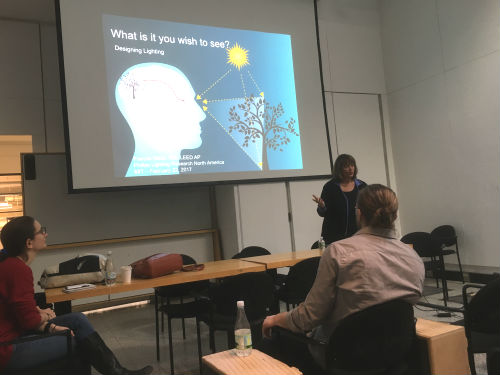
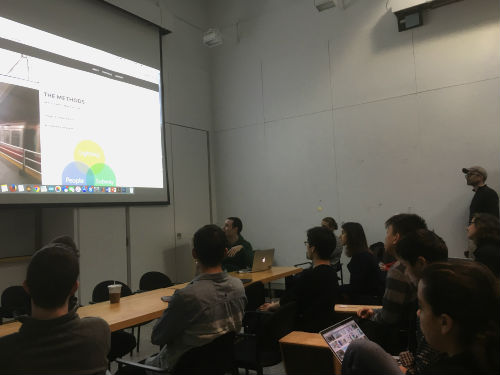
Since Solid-State Lighting (SSL) has made significant improvements in the past decade, many different types of light source form factors are available in the market for color changing and lighting
control. With more options for light source, the illumination and product designs are getting more flexible, innovative, and functional, while incandescent and fluorescent light are phasing out. I thought about how we would
be able to practice the advanced technologies for design products and illumination, creating a more comfortable and controllable ambience. Obviously, there would be more freedom of lighting design, even beyond illumination.
Slider linked below is to present the timeline of the lighting source for incandescent, fluorescent and LEDs that improved performance and quickly replaced the old types of light. I selected two
examples, one is a case for beyond illumination, information display lighting design using Philips iColor Flex at Northeastern University, Boston, MA. Another is an example of LED lighting product design which is flexible and
versatile from designledproducts.com. It will be interesting to see how they are unique in their design and function.
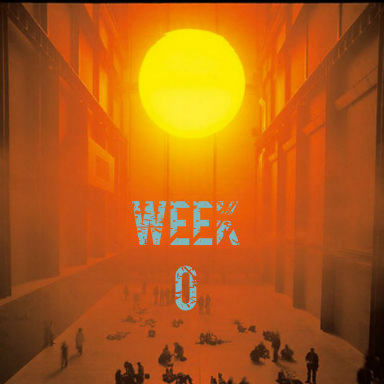
to showcase my work over the course. Learning HTML, CSS and Java is actually fun. I did it many many years ago by using HTML tags line by line and now I am relearning almost everything. Fortunately,
I found SILEXLABS. You can use their editor tool from any web browser to add text and images, like MS Word. Also, there are many templates
to download for free - my website is one of their templates. I modified it by using HTML and CSS with a notepad and other text editors.
I use GitHub Repository to save all files required for the web page. You can access the repository anywhere
and edit it anytime through a web browser. My url is https://jehkim.github.io/howtodesign/
First class! Skylar Tibbits and MIT architecture faculty introduced the class overview, structure and topics. Each week the course staff will give a lecture on the scheduled weekly topic and an invited guest speaker will present practical experience and insights on design processes. Today, Dorene Maniccia gives her remarkable lighting design projects and introduction of Philips Lighting Research North America applications team to a brilliant student group with diverse backgrounds. In Feb. 22, Patricia Rizzo will offer a lecture in the class. Students will be working on weekly assignments and a project relating to everything about 'LIGHT' throughout the course. Philips applications team will be guiding students' projects in the lab session. Looking forward to learning design principles and working on projects using Hue, together.